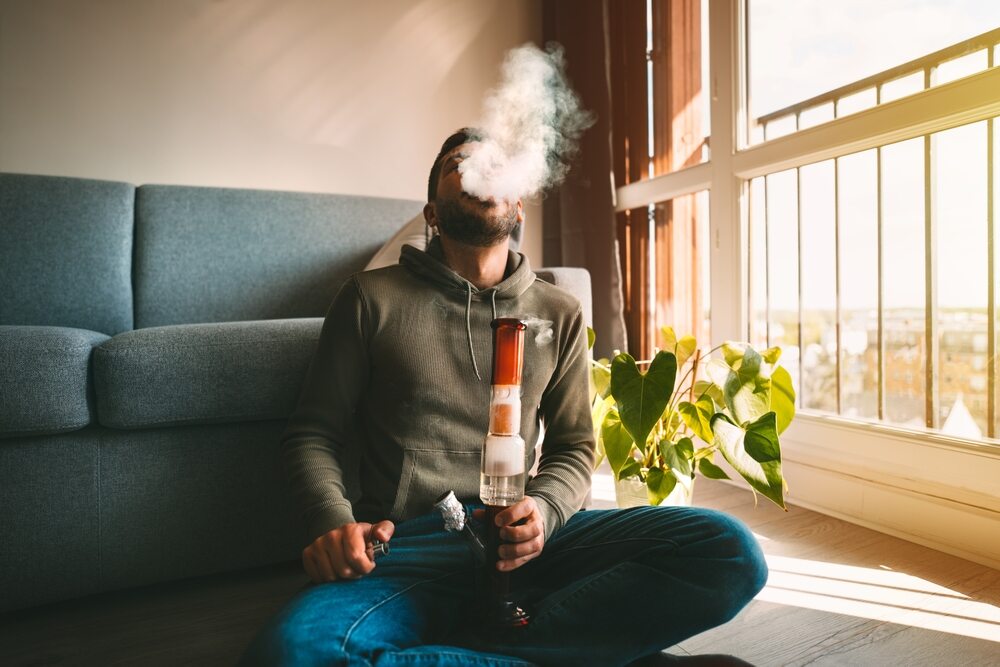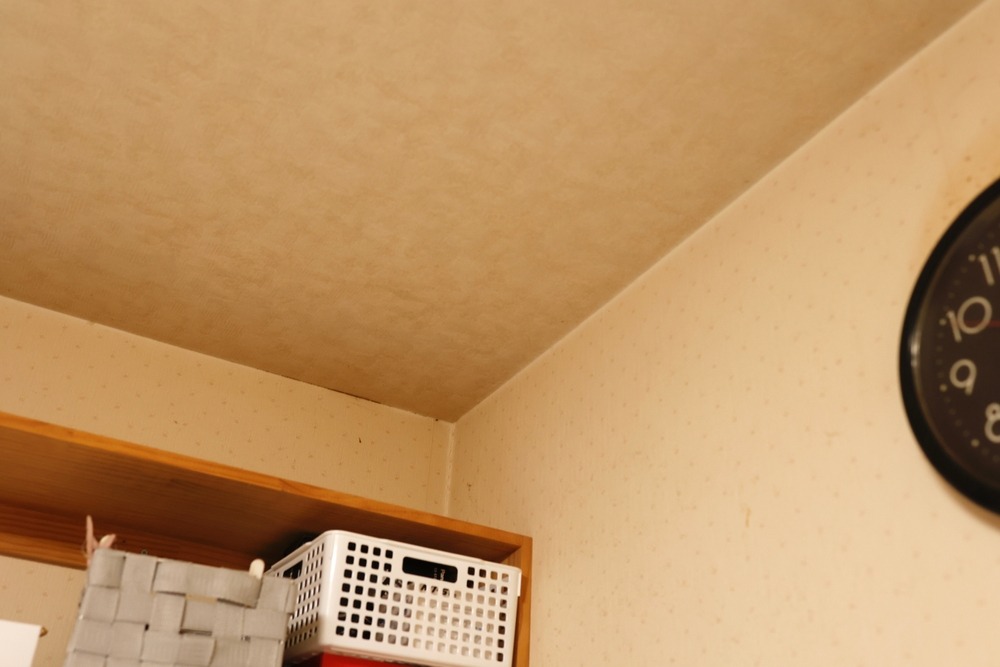The Best Fluffy Pancakes recipe you will fall in love with. Full of tips and tricks to help you make the best pancakes.

Does Weed Smoke Stain Walls
When it comes to smoking indoors, a big question that pops up is: “Does weed smoke stain walls?” If you’re lighting up regularly inside, you might start wondering about what’s lingering on your walls. Cannabis smoke can leave its mark in a few ways, but don’t worry—I’ll walk you through everything you need to know about how weed smoke affects your home, ways to keep your space fresh, and the best tricks to prevent and remove those pesky stains.
Understanding the Effects of Weed Smoke on Indoor Walls
How cannabis smoke affects paint and wallpaper
Cannabis smoke can affect walls, especially if you’re in a closed room without good airflow. Weed smoke releases particles that stick to surfaces over time, and your walls might start showing a yellowish or grayish tint, depending on how often you’re smoking indoors. This residue can even seep into paint and wallpaper, leaving a faint but stubborn layer that builds up. The higher the smoke exposure, the more likely you’ll notice stains forming.
Can weed smoke cause discoloration or staining?
Absolutely. When smoke from weed (or any substance) hits a surface, the particles can build up, causing discoloration. Over time, this is what leads to staining. It’s usually not as intense as tobacco, but over time, especially on lighter-colored walls, you’ll start to see some yellowing or dulling.
Comparison of weed smoke with tobacco smoke residue
Tobacco smoke tends to leave heavier stains, often a thick yellow-brown residue that’s tough to clean. Weed smoke, on the other hand, has fewer tar-like compounds, so the staining is usually lighter. However, it’s still possible, and those stains can also build up over time, especially in poorly ventilated areas. Regular cleaning helps prevent weed smoke from causing as much visible damage.

How Weed Smoke Impacts Home Interiors Over Time
THC residue buildup and its effects on surfaces
As you smoke weed indoors, THC and other compounds gradually settle on surfaces like walls, ceilings, and even your furniture. This buildup isn’t as intense as with cigarettes, but it still leaves a layer that can be challenging to scrub off after a while. On painted walls, especially light-colored ones, THC residue can create a thin film that catches light and eventually dulls the wall’s appearance.
Long-term consequences of smoking cannabis indoors
Long-term weed smoking indoors can lead to a range of issues, from staining to lingering odors that stick around even after cleaning. Besides wall stains, the air can start to feel stale, and fabrics like curtains, rugs, and even clothes can absorb the scent. If you’re renting, this could be a problem when it’s time to move out, as many landlords can be picky about smoke damage.
Which home areas are most affected by cannabis smoke?
The parts of your home where you smoke the most—like your living room, bedroom, or any closed-off room—are likely to show the most staining and odor retention. Smoke tends to rise, so ceilings often get a thin layer of residue too. Rooms with less ventilation, like bathrooms without fans or closed offices, can also see more impact.

Preventing and Reducing Weed Smoke Stains on Walls
Tips for minimizing indoor smoking damage
If you’re smoking indoors, there are some easy ways to keep damage low:
- Open windows: Let that fresh air in and push smoke out.
- Use fans: Small fans near open windows help direct smoke outside.
- Choose a designated smoking area: Try to limit smoking to one room to contain any staining.
Using air purifiers and ventilation for prevention
An air purifier with a HEPA filter can work wonders in reducing smoke particles that settle on walls. Purifiers with activated carbon filters are even better for capturing odors. Good ventilation is key, so adding a fan or cracking a window helps move air and keeps walls from taking on as much residue.
Paint types that resist staining from smoke
Believe it or not, there are stain-resistant paints made to handle indoor smoke. Glossy or semi-gloss paints are easier to clean and more resistant to stains, while flat paints tend to hold onto residue. Consider using washable paints in high-smoke areas—they’re designed to handle scrubbing without wearing down.
Effective Methods for Removing Weed Smoke Stains
Best cleaning products for weed smoke residue
When it’s time to tackle those walls, products like white vinegar, baking soda, and mild detergents are your friends. White vinegar is great for breaking down the residue, while baking soda works well to remove odors. For a stronger clean, try a wall cleaner like Mr. Clean Magic Eraser, which can handle some of the tougher stains.
Step-by-step cleaning process for walls and ceilings
- Mix a solution of warm water, white vinegar, and a few drops of dish soap.
- Dampen a cloth in the solution and gently scrub the walls, working from top to bottom.
- For tougher stains, go over the spots with a Magic Eraser.
- Dry the wall with a clean cloth to prevent streaking.
DIY cleaning tips for common cannabis stains
Baking soda paste is a simple DIY hack for stains. Just mix baking soda with a bit of water, apply it to the stain, and let it sit for a few minutes before wiping it off. Another trick is to use lemon juice mixed with water, as it helps break down residue and leaves a fresh scent behind.
Managing Cannabis Odor in the Home Environment
How to eliminate lingering marijuana smell
To clear out that lingering weed smell, try these:
- Open windows: Good airflow is key to clearing the scent.
- Use odor-absorbing products: Place bowls of baking soda or activated charcoal around the room to soak up smells.
- Spray air fresheners: But go for neutralizing ones, not just scented sprays that mask the smell.
Products that neutralize cannabis odors effectively
Odor-neutralizing sprays like Ozium or Cannabolish are specifically designed to tackle cannabis smells. Also, essential oil diffusers with lavender or eucalyptus oils can help refresh the room while covering up lingering odors.
Preventative measures for keeping odors at bay
Keeping odors under control is easier than getting rid of them. Regularly use air purifiers, open windows after each smoke session, and consider placing odor-neutralizers around your smoking area. Another option is to invest in an odor-trapping device like a smoke filter that you can exhale into.
FAQ
Does cannabis smoke stain walls worse than tobacco smoke?
Cannabis smoke usually causes less intense staining than tobacco, which leaves heavier, more noticeable yellow-brown stains.
How can I tell if weed smoke has stained my walls?
Look for areas with yellow or grayish tint, especially in rooms with frequent smoking and lighter-colored walls.
What is the best way to clean walls with smoke residue?
Use a solution of vinegar, water, and mild dish soap for scrubbing, and try a Magic Eraser for tough spots.
Can I use regular paint to prevent weed smoke stains?
Glossy or semi-gloss paints help resist stains and are easier to clean; flat paints can absorb more residue.
Does weed smoke affect furniture and other surfaces besides walls?
Yes, it can settle on furniture, curtains, carpets, and other surfaces, leaving a faint residue and smell over time.
So, yes, weed smoke can stain walls—but with a few good habits and a little elbow grease, you can keep your space looking fresh. From picking the right paint to knowing how to clean those pesky stains, there’s a lot you can do to manage the effects of indoor smoking. Plus, by using simple tricks like air purifiers and regular ventilation, you’ll find it’s pretty easy to keep smoke and odors from taking over your home.




